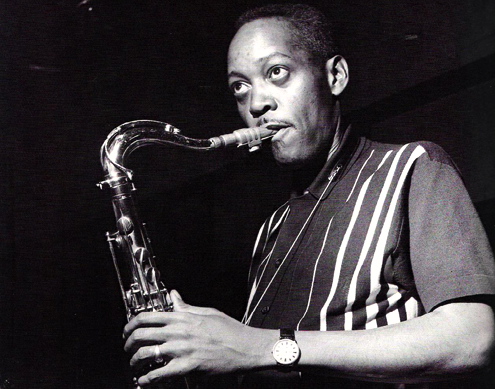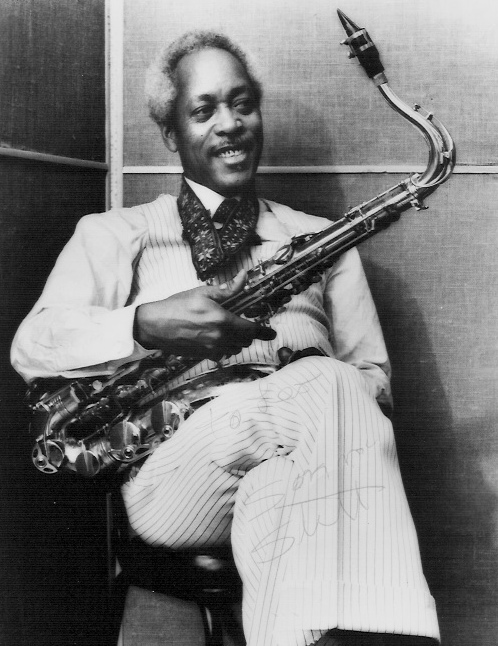
Sonny Stitt made more records as a leader than any other jazz instrumentatlist. Although eclipsed in his era by the extraordinary attention focused on Charlie Parker, Stitt was highly admired by both fans and musicians. Equipped with magnificent technique and iron chops, and gifted with an innate ability swing, he could turn on the music seemingly at will.
Stitt could rip through an up-tempo bebop stanza, then turn around and play a shivering, captivating ballad. Stitt was a virtuoso on the horn and relished competition on the bandstand. Stitt had the qualities essential to a tenor battler; he was implacable, indefatigable and inventive. Although his playing was at first heavily inspired by Charlie Parker and Lester Young, Stitt eventually developed his own style, one which influenced John Coltrane. Stitt was especially effective with blues and with ballad pieces such as Skylark.
He recorded a number of memorable records with his friend and fellow saxophonist Gene Ammons, interrupted by Ammons’ own imprisonment for narcotics possession. The records recorded by these two saxophonists are regarded by many as some of both Ammons and Stitt’s best work, thus the Ammons/Stitt partnership went down in posterity as one of the best duelling partnerships in jazz.
He was also one of the most prolific saxophonists, recording over 100 records in his lifetime. He was nicknamed the Lone Wolf by jazz critic Dan Morgenstern, due to his relentless touring and his devotion to jazz. Sonny Stitt recorded extensively throughout his career, so frequently that he often could not remember his sessions a year later. The Sonny Stitt Biography is a great example that when a dude is posessed with the “jazz mojo” you just can’t stop him from playing! Sonny Stitt was that kind of cat!
